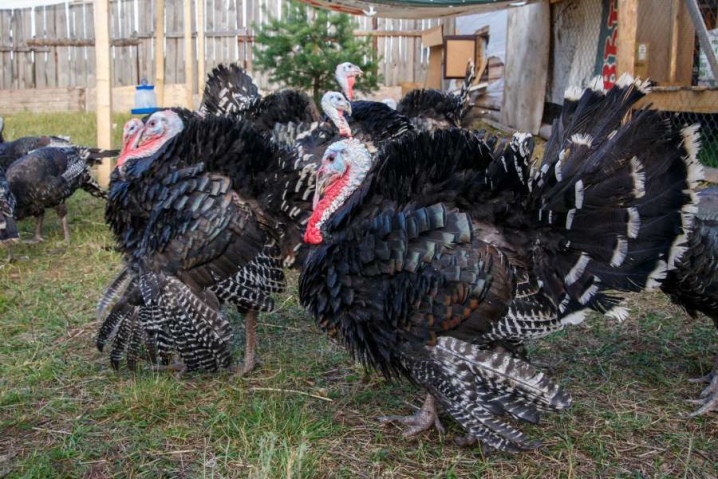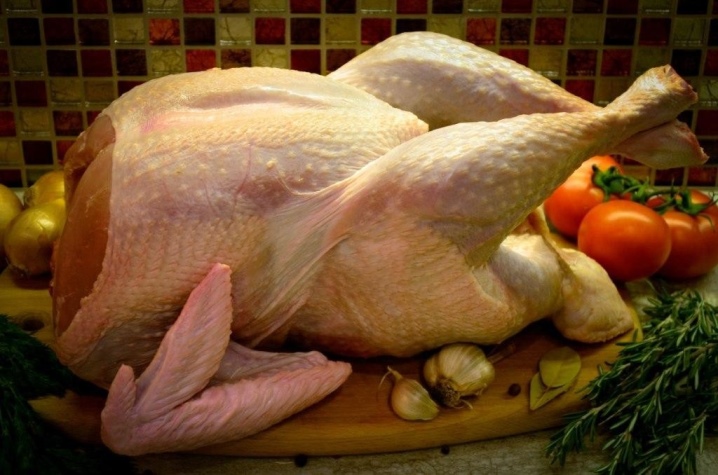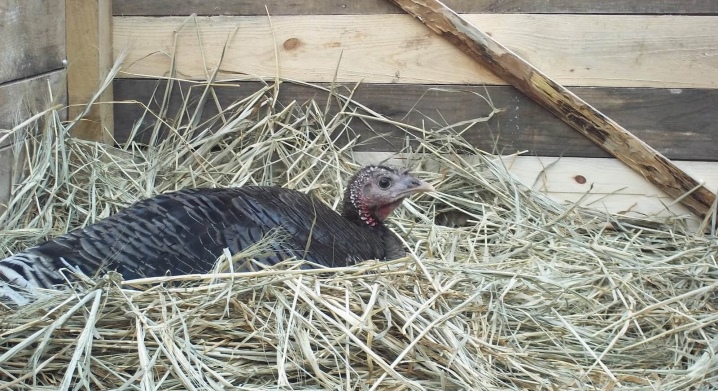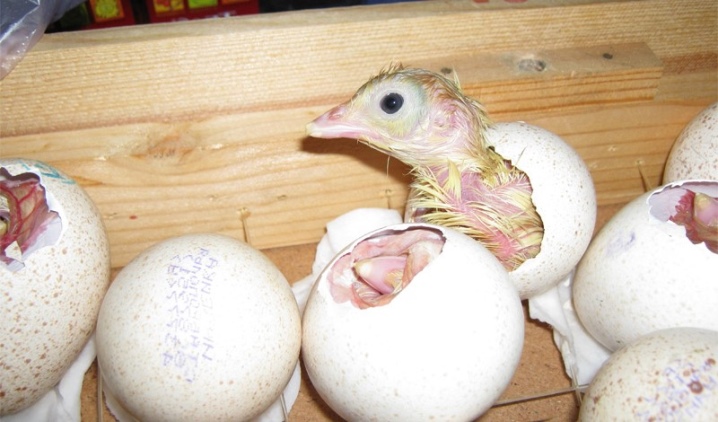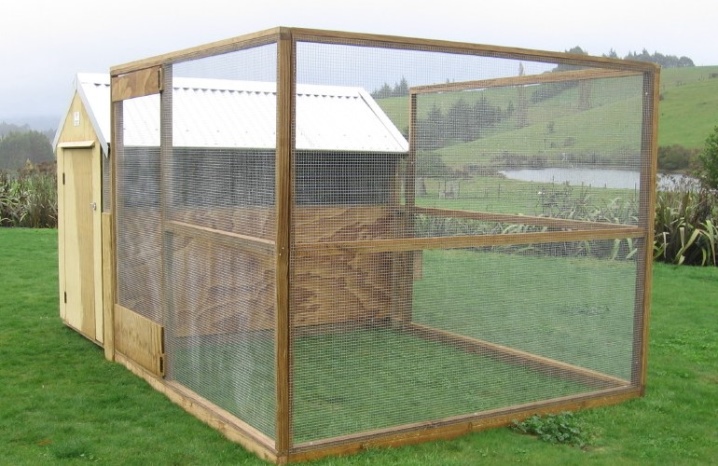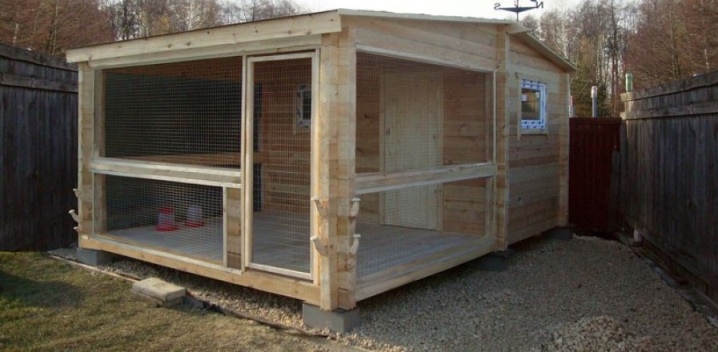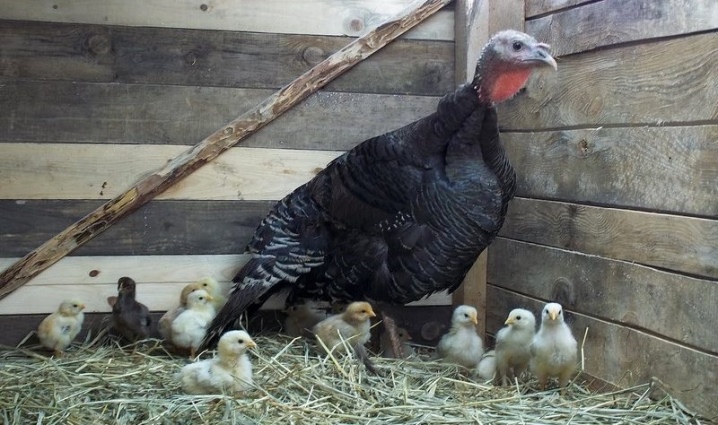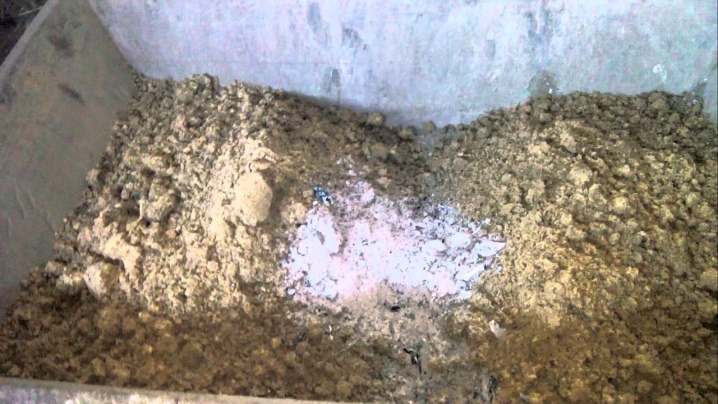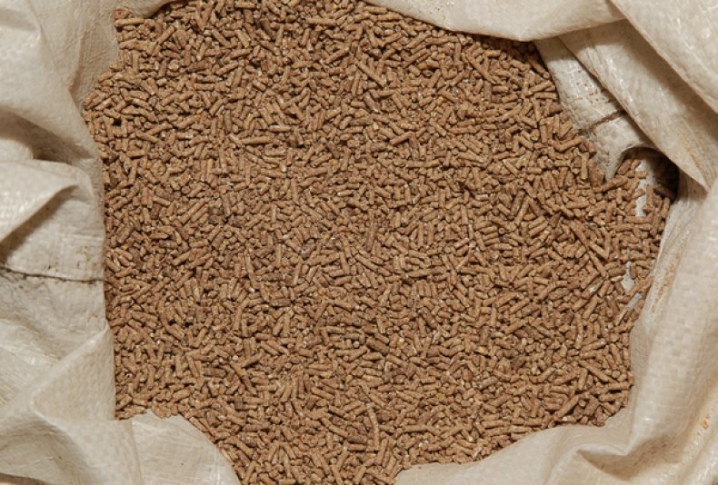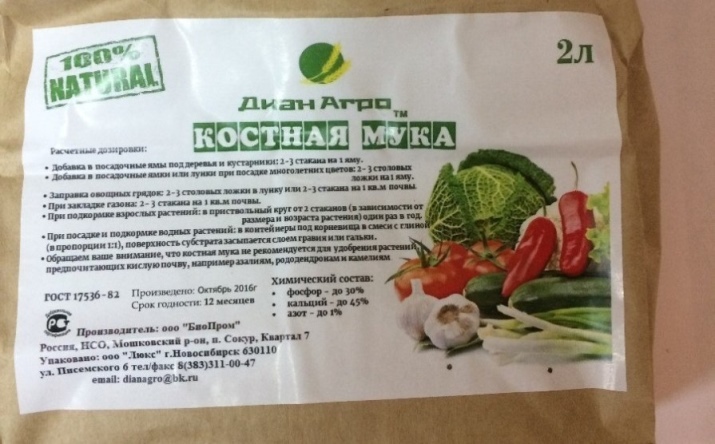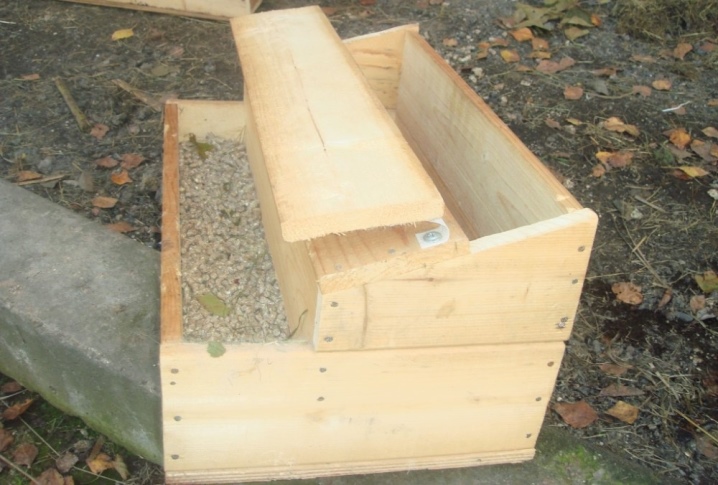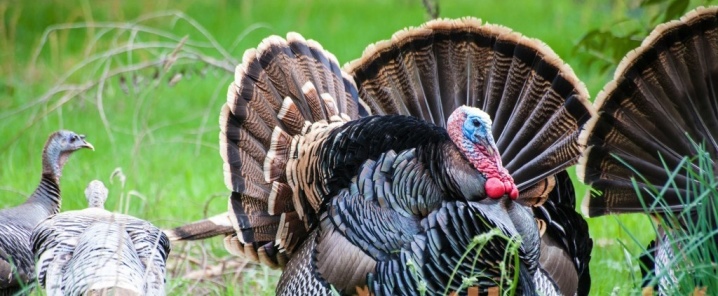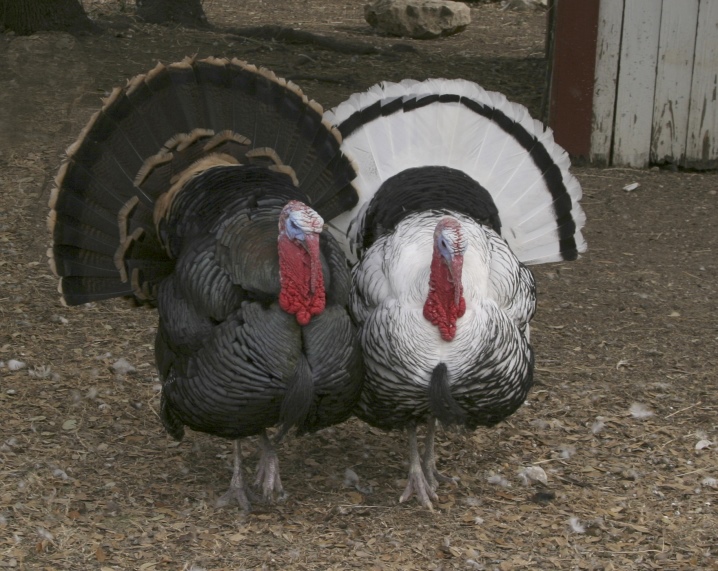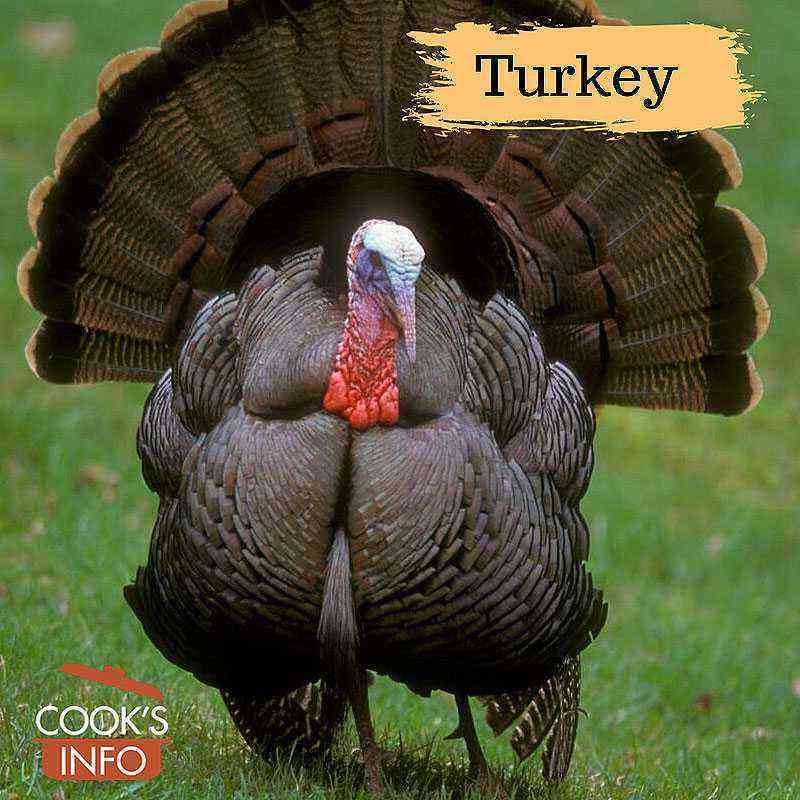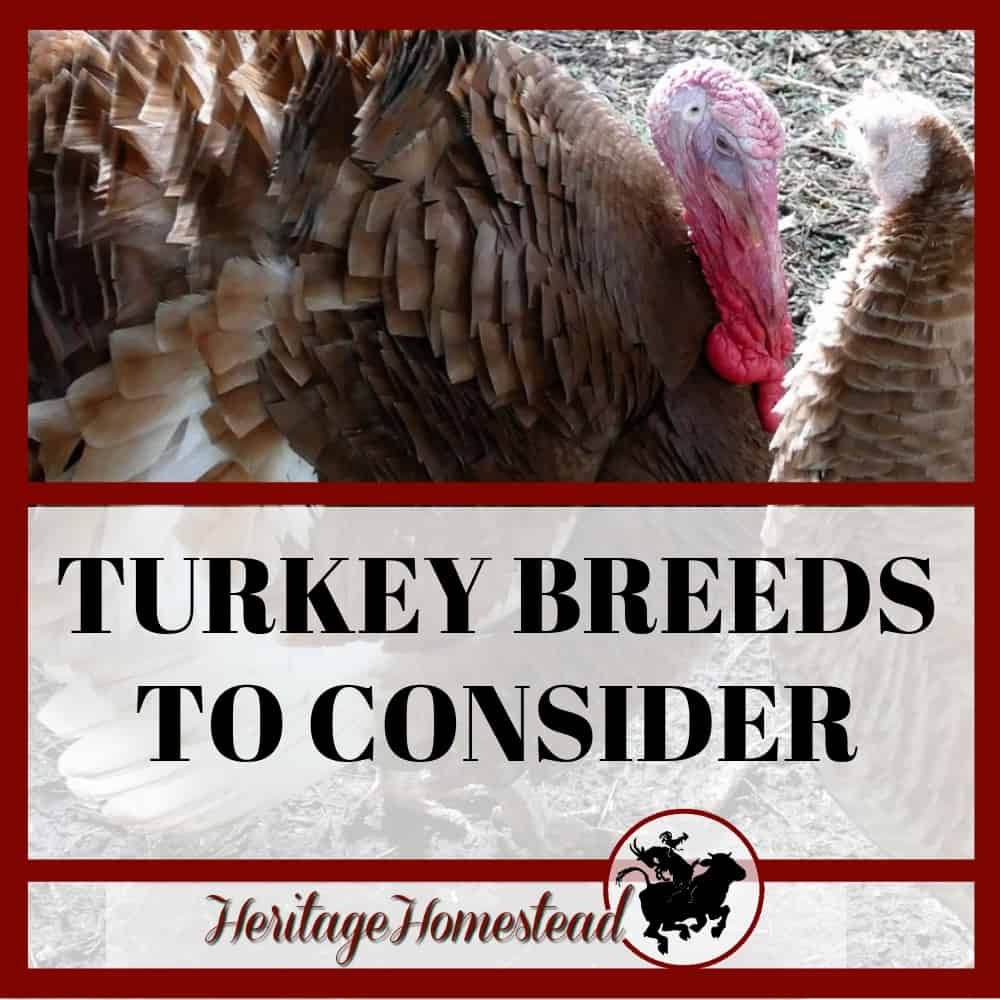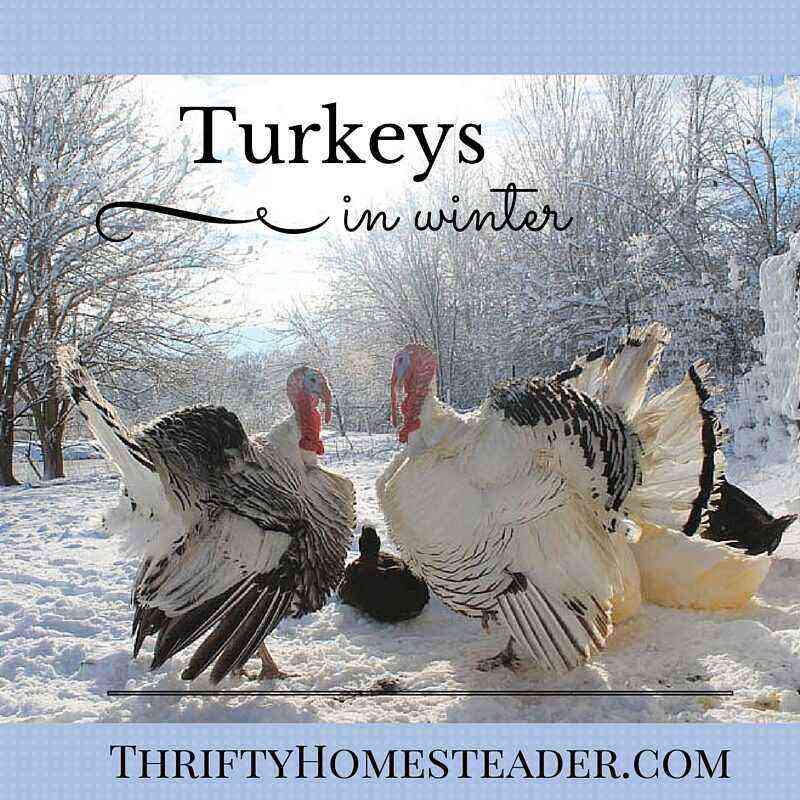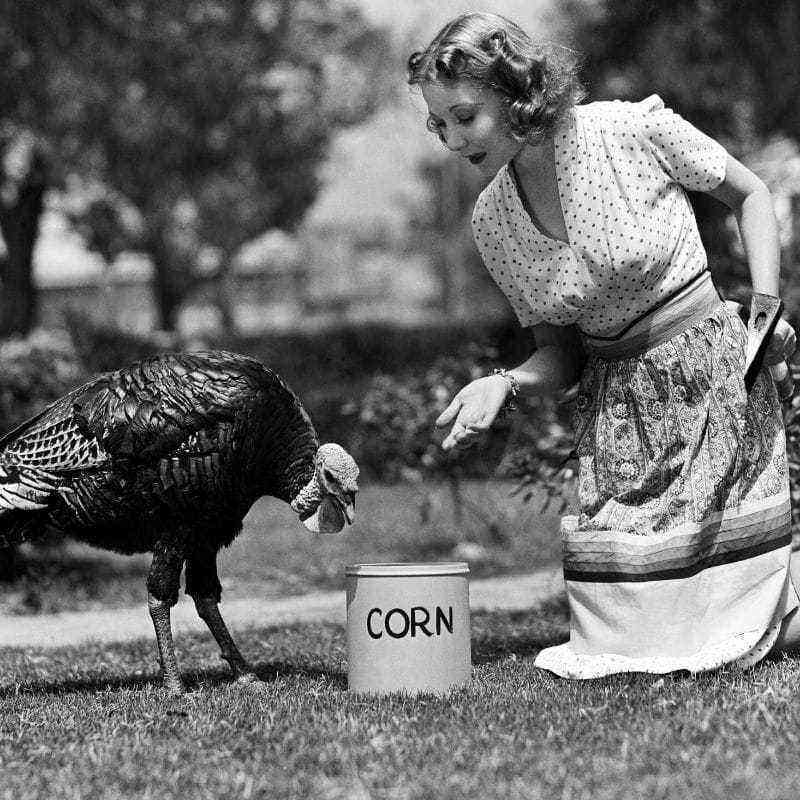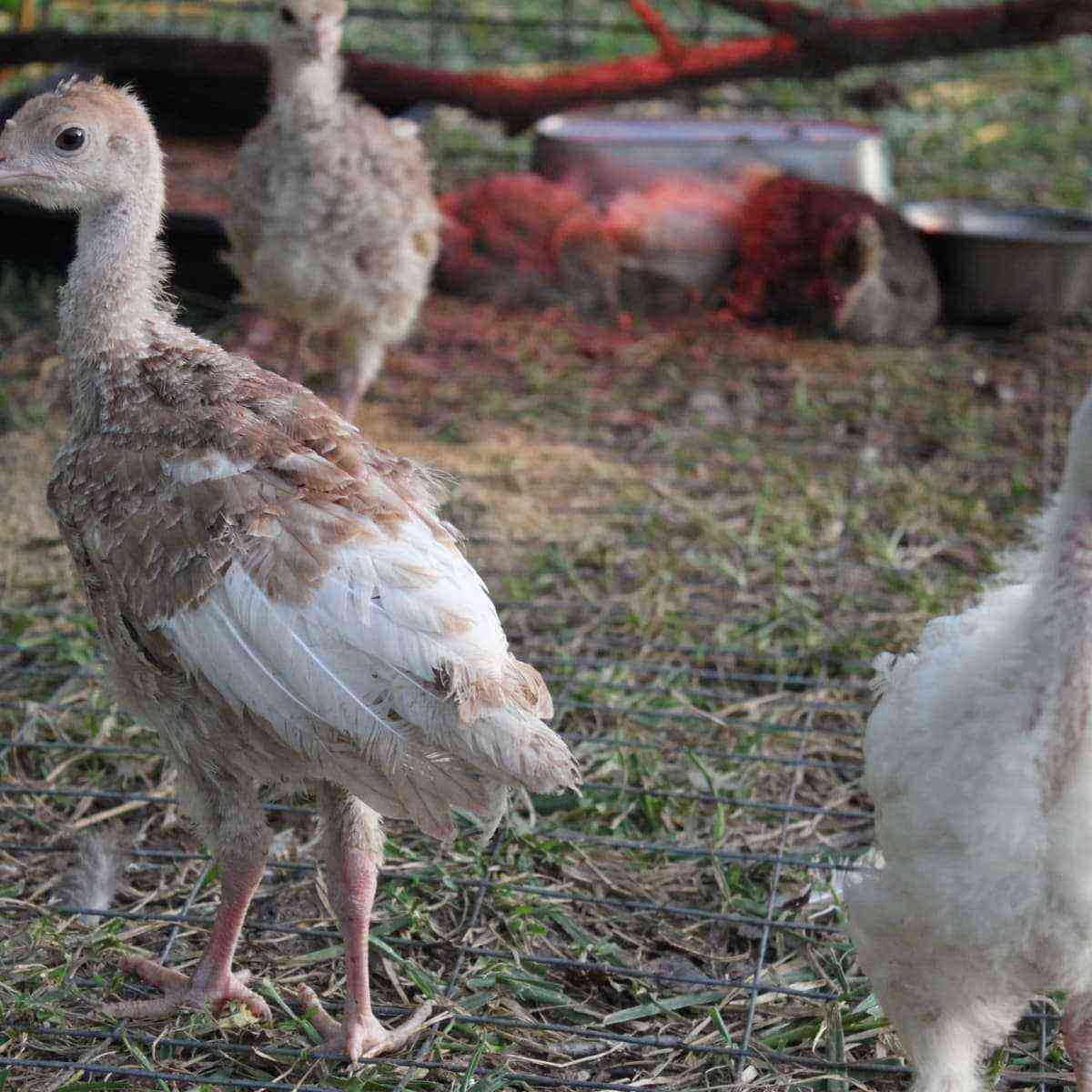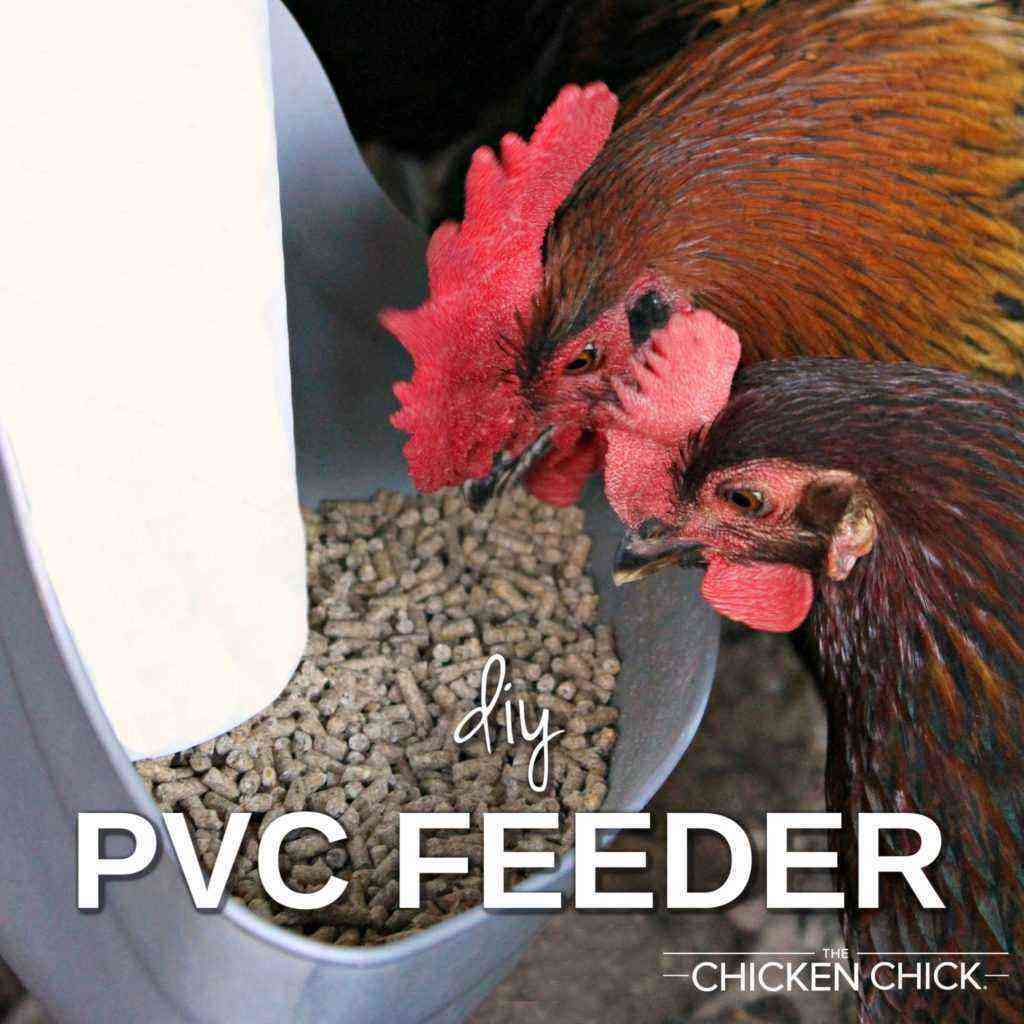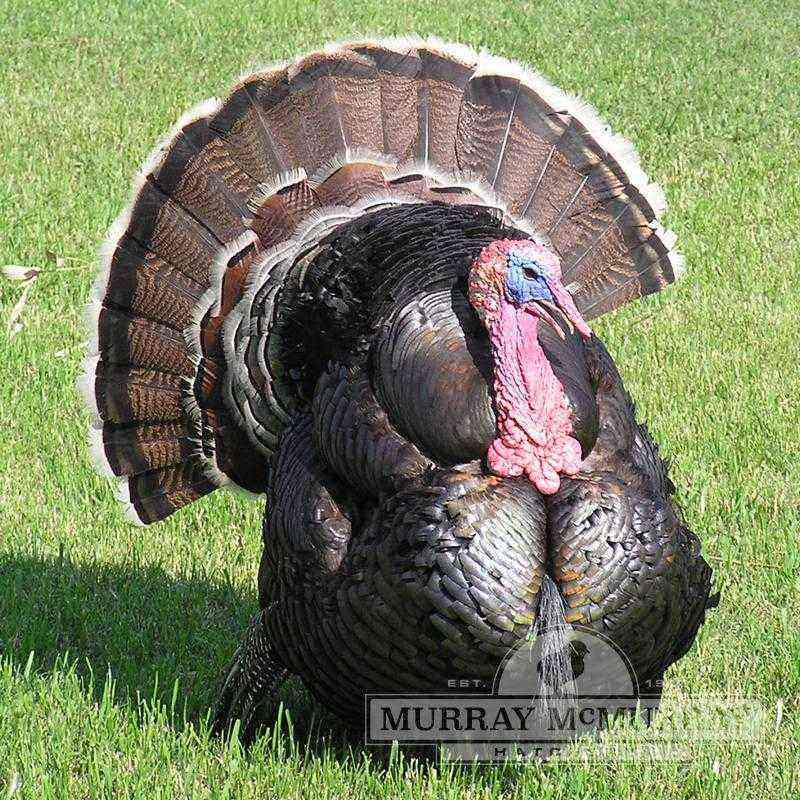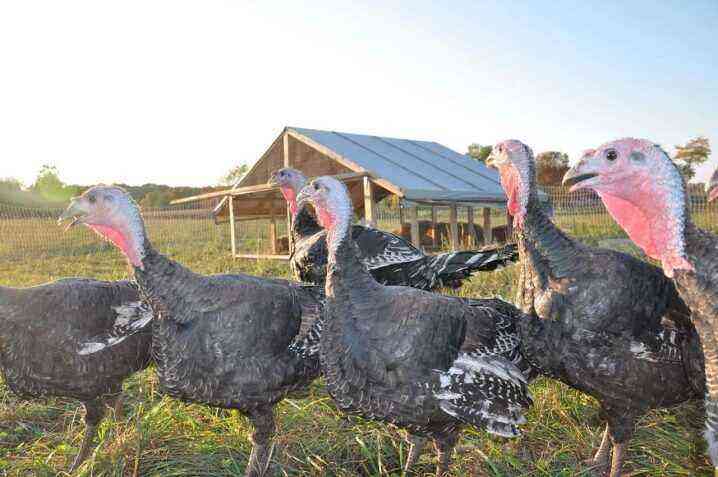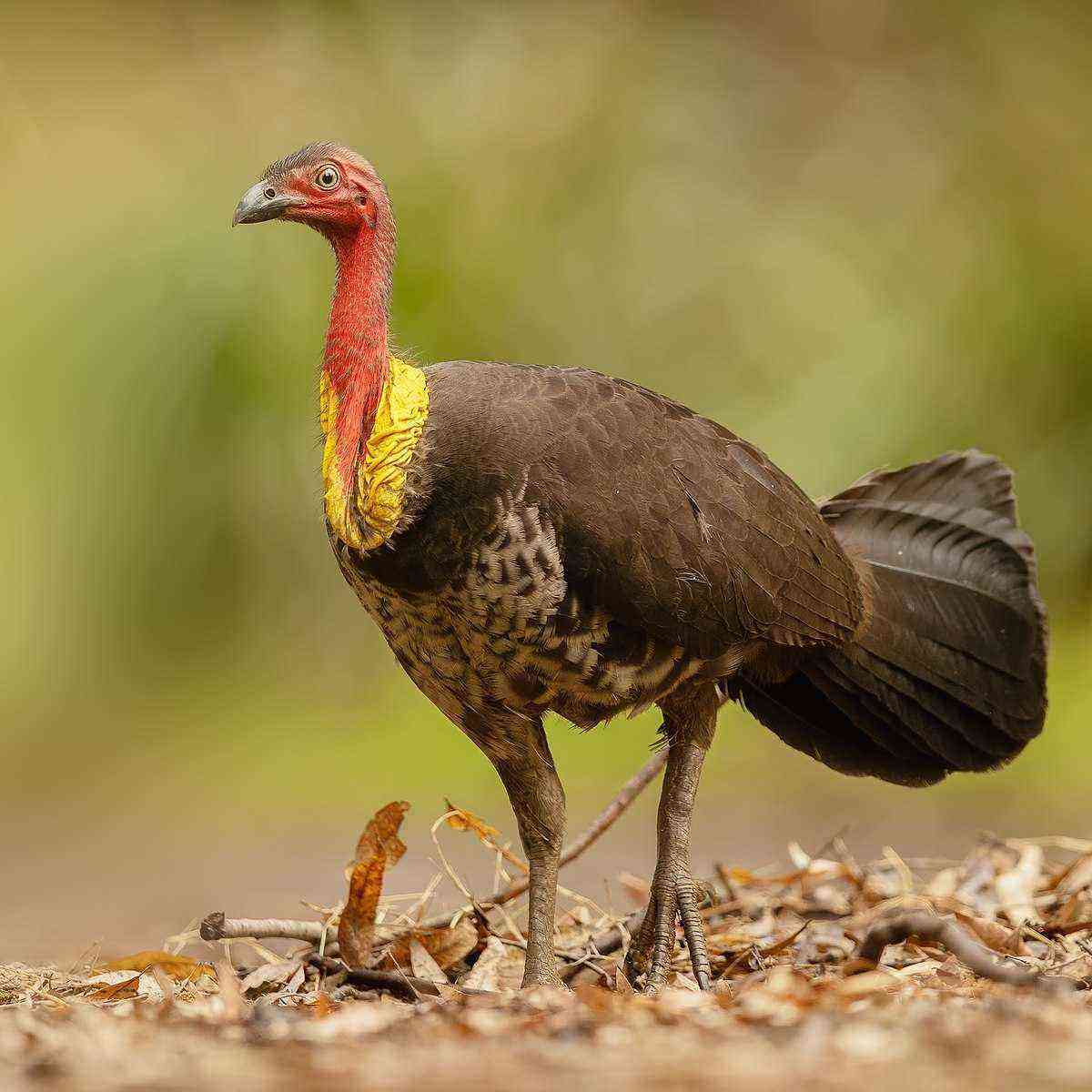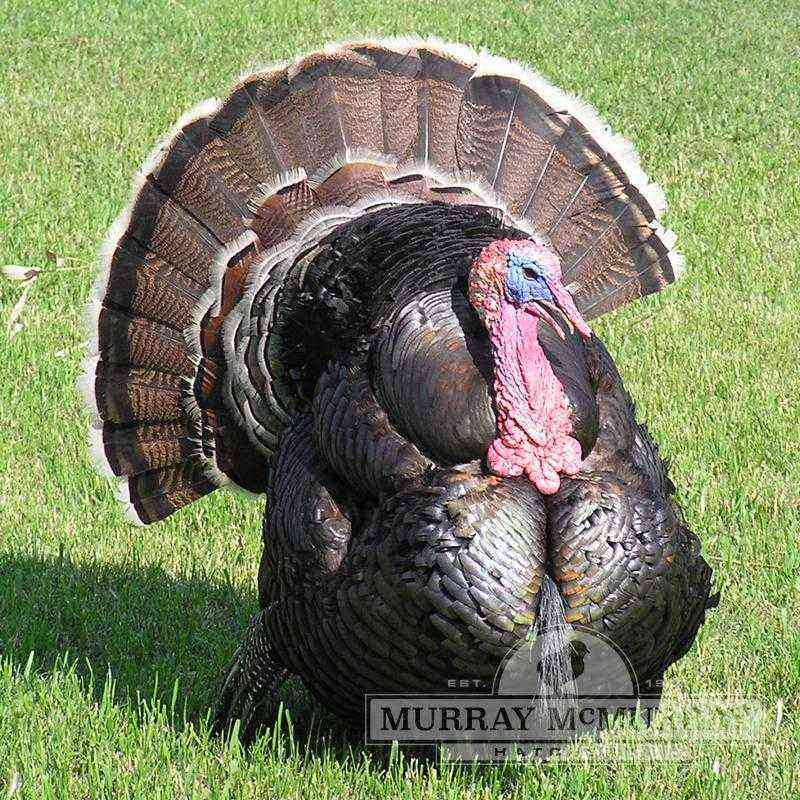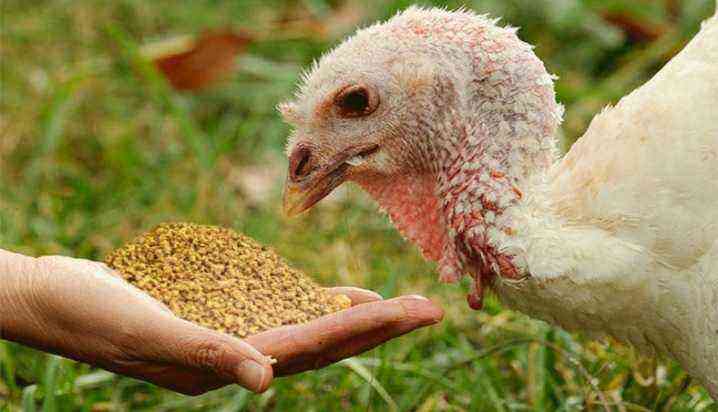There are a huge number of varieties of poultry. But among them, bronze-708 turkeys stand out favorably. Let’s consider this type in as much detail as possible so that people have a complete understanding of it.
Description and origin
A characteristic feature of bronze-708 turkeys is their suitability for a large poultry farm. Birds are initially oriented towards slaughter. Attempts at long-term breeding are not successful. Pure breeding also does not make much sense, since recessive genes prevent this. It is likely that there is a discrepancy between the turkey poults and the first generation in terms of the main characteristics.
Initially, bronze turkeys with a wide breast were developed by American specialists.
The starting points for hybridization were wild ancestors and a black English breed. As a result, it was possible to form a breed of premium level. But the baton was picked up by the British, who, in order to improve the basic parameters of the bird, bred the Orlopp Bronze breed. The next step was taken in France, where Orlopp Bronze was crossed with the main branch of turkeys – and this is how the medium-heavy cross bronze-708 turned out. Bronze broad-breasted turkeys are large and therefore a good base for the formation of hybrids. But cross 708 is ahead of such recognized varieties in weight gain and payback:
North Caucasian and Moscow bronze;
Beltsville;
Grelevitskaya.
Bronze-708 fully meets the best standards of modern poultry farming. The characteristic features of the breed are recognized as a neck of moderate length, strength of the body and body density, bronze coloring of feathers. The head, as well as the neck, are covered with gray skin. The legs are very stable and widely spaced, the ends of the covert shoulder feathers have a white perimeter. The description mentions that turkeys have a fan-like tail, the back is decorated with longitudinal black stripes.
Productivity
The hybrid origin allows the breed to effectively resist a number of diseases and gain weight at an accelerated rate. The meat of such turkeys is of very high quality and is even suitable for dietary nutrition. It is sometimes even prescribed by doctors to those suffering from digestive disorders or heart muscle defects. Young stock is slaughtered at the age of 5-6 months. By that time, the bird can pull 10-17 kg.
Bronze-708 can be even heavier. But in practice, no one tries to grow it for longer than six months. Feeding adult turkeys is too expensive. Therefore, they are economically disadvantageous. As for the largest possible mass, individuals are known that have reached 30 kg and even more.
Egg production in bronze-708 is very high. There are 1-70 eggs per 150 laying individual per year. A stable collection can be expected in about 9-10 months. With the onset of cold weather, eggs continue to arrive. Because the breed is considered a very good replacement for chickens.
Advantages and disadvantages
The advantages of bronze-708 are not limited to its high fecundity. Eggs are very large and deserve high culinary marks. A number of chefs note that they have an aftertaste like cream cheese. This allows you to easily complement any dishes. In terms of the development of the maternal instinct, the breed is far ahead of ordinary hybrids.
Sometimes even putting chicken and duck eggs under the turkey is practiced. It is large enough that incubation of a large masonry does not cause problems. Bronze 708 is also praised for its ability to develop without artificial insemination. Readiness for mating occurs in turkeys for a period of 1 to 4 years. At the same time, females can incubate eggs from 2 years.
With a successful mating, when at least one of the two birds has dominant genes, up to 4 out of 5 eggs will be fertilized.
New turkey poults hatch a little less often – in 75% of cases. The survival rate of young animals is quite high, because the livestock is distinguished by enviable health. But it is important to understand that the breed also has quite noticeable shortcomings. So, it belongs to the broiler category.
Therefore, you will have to prepare a special aviary to limit movement. Release for grazing is allowed, but then weight gain slows down, and egg production also decreases. The high brightness of the plumage is pleasing to the eye and serves as an important identification feature. However, because of it, black specks may remain on the plucked carcasses, forcing the price to be lowered. When two hybrid birds are mated, bone curvature or muscle disorders are likely.
In some cases, similar problems can be caused by poor nutrition or infectious disorders. The correct conclusion can only be made by a trained veterinarian. Cannot be used for mating birds that:
the skeleton was twisted;
impaired feather growth;
crumbling of the beak was found.
Conditions of detention and care
Speaking about the conditions for growing turkeys, we must repeat: bronze-708 should have not only a serious poultry house, but also an aviary where the bird goes for a walk. Despite solid immunity, you need to take care of the warmth and tightness of the structure. The slightest draft can lead to sharply negative consequences. Livestock should be kept in houses, the floor of which is raised above the ground by 0,25 m.
The floor itself is made of wooden boards, which are covered with sawdust or straw. Before pouring the bedding, you need to apply a little lime. Where turkeys and turkeys live, it is imperative to make large windows facing south. Then the maximum penetration of daylight will achieve the best effect. The temperature in the room must be kept strictly at around 5 to 25 degrees Celsius.
The turkey is highly sensitive to light levels. Against the background of cold weather, it is necessary to use additional means of illumination. At the same time, perches are still placed where it is darker. Nests are strengthened away from the door, at a height of about 0,5 m.
The recommended area of the poultry house is 3 square meters. m. for 1 head.
Dividing the space with the help of partitions helps to eliminate fights. Several turkeys and one turkey are planted in each sector. The optimal ratio is often selected by trial and error. But it is much better to consult immediately with professionals. Birds need systematic cleaning of the feather from parasites.
They can do everything themselves. The main thing is that tanks containing ash or sand are mounted.
Important: you should strictly adhere to the basic sanitary standards when growing turkeys. Then it will be easy to get a brilliant result. Turkey houses are cleaned every 14 days, and once every 1 months it is worth disinfecting the entire space.
Feeding
The property mentioned in the description – a quick weight gain is achieved only when eating enough high-calorie food. In most cases, combined feeds are used. Their basis is cereals. Experienced breeders can independently prepare compound feed according to an individual recipe. But novice farmers should give preference to ready-made formulations.
As it is easy to understand, a balanced diet is a diet that allows turkeys to receive a basic set of vitamins and minerals. Its composition must necessarily include bone meal, fish oil and cake. It is recommended to prepare certain components for the cold period since the summer. The main focus is on:
herbal flour;
sauerkraut;
hay from different grasses (only from safe plants);
combinations of alfalfa, nettle and colza.
In order for the feed to be better absorbed, gravel, chalk and shell rock of a fine fraction are also laid. It is possible to increase the egg production of a bird by shifting the proportions from compound feed to vegetables and grass. But it is very important at the same time to take care of a sufficient intake of calcium. Without the addition of dairy products to the diet, you can only count on fragile eggs of a watery consistency. On average, cross bronze-708 will eat up in 24 hours:
0,1 kg of animal waste;
0,08 kg of combined feed;
0,25 kg of pure cereal grains;
0,05 kg of oat bran;
0,05 kg of vegetables;
0,25 kg of a mixture of salt with shell and bone meal.
During fattening, the daily consumption of cereals is increased. A four-month-old broiler can eat up to 2 kg of grain. Often there is a statement that specialized mixtures can be replaced by more widely occurring analogues. So, compound feed for pigs is usually considered a suitable replacement. Its characteristic advantage is its high energy value.
Thanks to her, laying hens, who have already lost the ability to produce eggs, gain body weight as quickly as possible. On average, carrying females pull 5-8 kg. But if fattening is organized very carefully, it is possible to raise this figure to 9-15 kg.
Important: breeding stock is advised to be kept on a very strict diet. The slightest excess weight reduces the reproductive properties of the bird.
If feeding is organized without the correct regimen, or the developed regimen is violated, the cross can become nervous, and therefore the weight gain is reduced. To make matters worse, under the influence of hunger, the birds become aggressive and will be dangerous to each other. The best option for turkeys bronze-708 is a bunker feeder. Such a device:
allows you to reduce the useless consumption of feed for scatter;
gives the birds as much to eat as they wish;
reduces labor input;
shows excellent results in large enterprises with partially automated facilities.
Breeding
If there are turkeys on the farm, they need to be fed differently than adult birds. Due to errors in the organization of nutrition, even death can occur. Day-old chicks can only be fed boiled eggs. Put a little sugar in the water or add a glucose solution. If no misses are made, the bronze-708 cross will show rapid growth, and from 3 months of life it can be transferred to standard food.
During the first month of life, each chick should be given daily:
a complex of mineral and vitamin supplements;
a mash of wet cereals;
fruit;
fresh vegetables;
garden greens;
oat sprouts;
foods high in protein.
Varieties
In order to better represent the features of the main branch of the Bronze-708 breed, it is necessary to compare this type of turkey with other representatives of the Bronze turkeys. This will also allow you to understand exactly how this variety can be improved by crossing. The bronze broad-breasted type (aka American bronze) was bred in the USA by hybridization of wild American and Norfolk birds. Breeders set a goal to achieve the largest possible mass when kept in captivity.
Important! This breed is notoriously unsuitable for grazing and should only be kept indoors.
The neck of bronze broad-breasted turkeys is covered with bronze feathers. They have a metallic sheen. The part of the head where the skin is not covered by plumage includes fleshy outgrowths. Another similar growth is located on top of the beak. The back is about the same, but the ends of individual feathers have transverse black stripes. The chest part is painted in a dark bronze tone.
Compared to conventional bronze-708, the meat productivity indicators look very impressive. By 3 months, birds gain a maximum of 4,4 kg. A month later, body weight increases to 6,6 kg. During the season, it is possible to collect at least 55 eggs. The strong immunity of the bird makes the life of farmers calmer.
Problems can only be related to the fact that conditional weight is gained more slowly than with heavy types of cross-country. Caucasian (or rather, North Caucasian) birds are another result of attempts to adapt the “Americans” to Russian conditions. This branch got its name because it was brought out in the Stavropol Territory. They tried to make the animals as large and unpretentious as possible, to ensure a quick weight gain. They were purposefully selected according to this indicator.
The North Caucasian bronze turkey has been included in the register of officially used breeds since 1956. Now it can be found mainly in the Central Asian states and in the south of Russia. In coloring, this breed is very similar to broad-chested individuals. But at the same time, there is a pronounced difference – feathers have a more saturated gloss. The tail is characterized by a matte sheen.
The large body is slightly elongated. The chest, although inferior to that of the bronze broad-chested, is also very massive. The back is very wide. The head is modest.
An adult North Caucasian turkey gains weight up to 12,5 kg, and a turkey – about 7 kg.
The egg production of this breed will average 70 eggs per bird. Due to the large size of turkeys, artificial insemination is preferable. The North Caucasian bronze subtype is also attractive because it can be kept on free pasture. In the conditions of the southern regions of the country, there are no special problems with their cultivation. There are no specific nutritional requirements.
French wide-breasted turkeys are just that classic bronze-708. It is noted that by 6 months a turkey can pull 15 kg, and a turkey up to 10 kg. Under favorable conditions, in another 6 months, these figures will be doubled. Another species – Moscow turkeys – was bred in the Russian capital, crossing local bronze and wide-breasted specimens. This type is in demand by various breeders, as it is characterized by:
minimal whimsical care;
elegant appearance;
ease of organization of the economy.
The Moscow branch has a rather long, but dense, body. The breast is not only wide, but also has a characteristic slight bulge. The large head rests confidently on an elongated neck. Like the classical bronze-708, this bird belongs to the meat category. In adulthood, depending on gender, a weight of 8-9,5 and 15-18,5 kg can be gained.
It is also appropriate to compare bronze-708 with Canadian broad-breasted turkeys. They were obtained by combining the material of wild American and English black individuals. A characteristic feature is the high level of livestock survival. Birds can be distinguished by white or black colors.
In any case, the classic bronze-708 is at least as good as other varieties of turkeys.
Reviews
This type of birds almost always causes positive ratings. It is praised for its very high egg production. Even with relatively early slaughter, very good meat with a minimum of fat is obtained. With a mass of gutted carcass from 11,5 to 12 kg (without legs and skin), 2,5 kg can fall on the meat skeleton, and 4 kg on the breast. In some reviews, they write about difficulties with movement in birds (probably due to poor incubation) and about black areas on the skin after plucking, which have to be removed additionally.
See more about bronze-708 turkeys in the video below.
